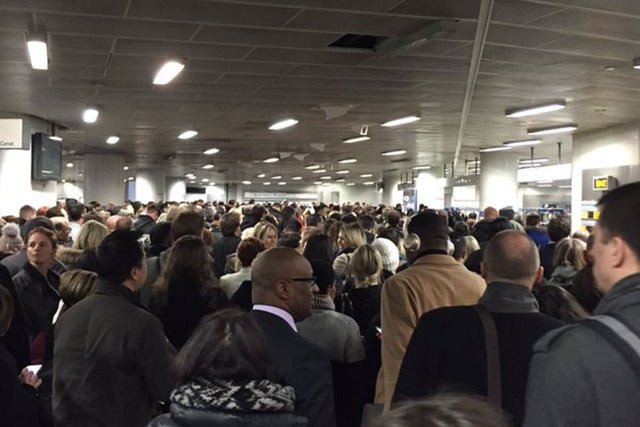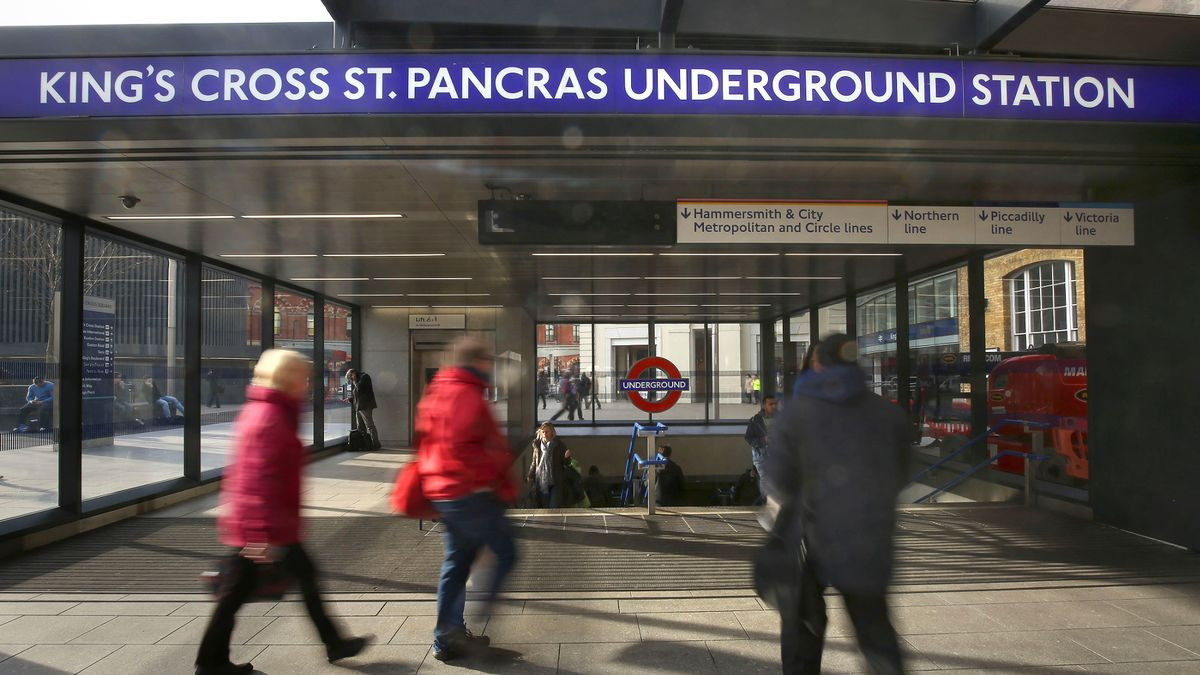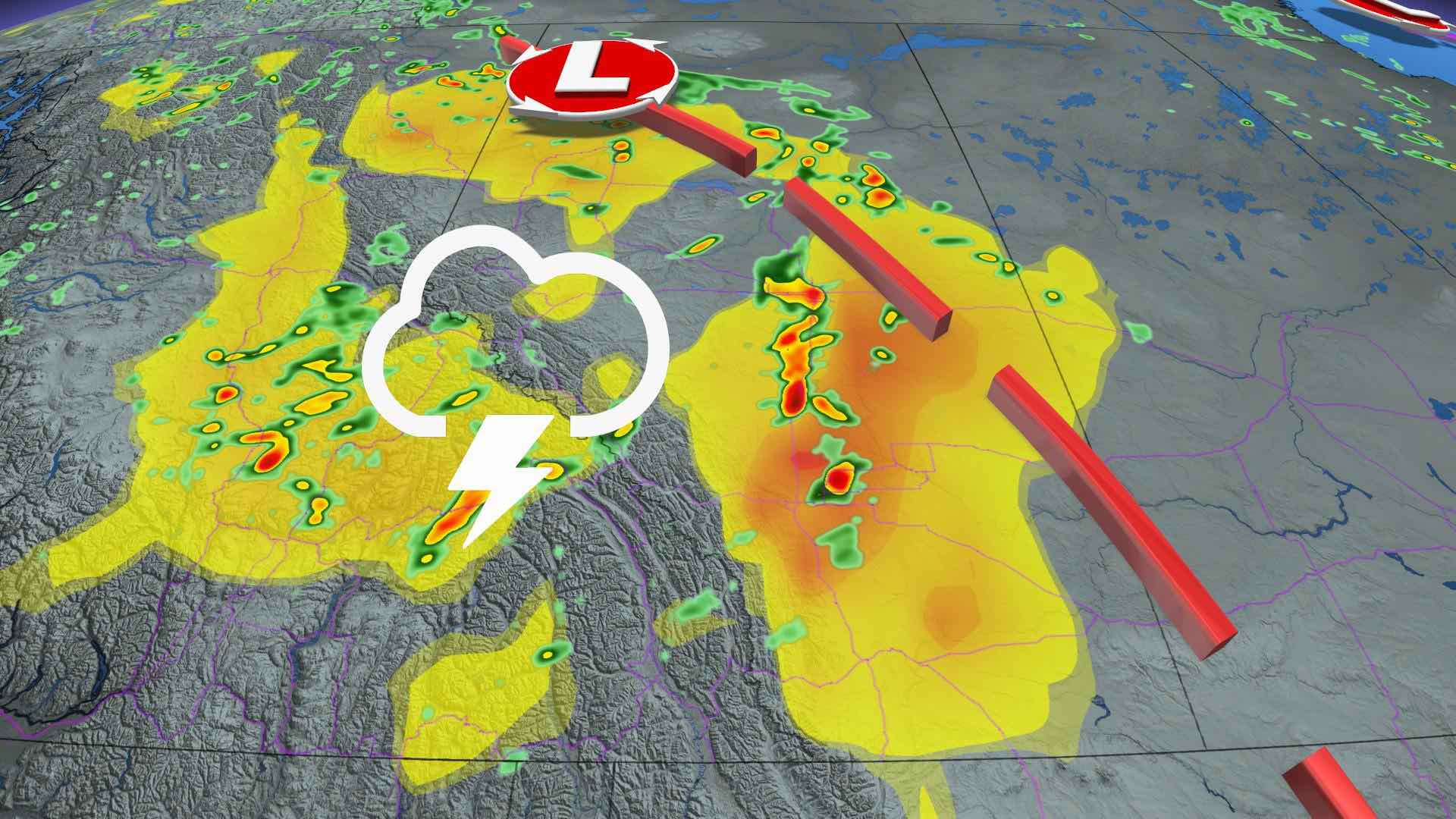King's Cross St. Pancras Evacuation: A Rush Hour Nightmare
On November 27th, 2024, London's King's Cross St. Pancras station, a major transportation hub, was unexpectedly plunged into chaos. An emergency announcement, echoing through the station's loudspeakers, instructed all passengers to evacuate immediately, creating a scene of mass exodus and widespread confusion. Social media quickly lit up with videos showing the panicked evacuation, filled with the sounds of emergency sirens and the urgency in the voices of station staff. The precise nature of the emergency remained unclear for some time.
The Emergency and its Aftermath
The initial reports offered little clarity. While Transport for London (TfL) initially remained tight-lipped, later reports confirmed that the evacuation was a precautionary measure due to a reported emergency. The rapid evacuation, though initially alarming, ultimately prevented a potentially dangerous situation from escalating. Videos circulated online, showing large crowds of people making their way out of the station, some expressing understandable confusion about the events unfolding. The station was subsequently closed to prevent overcrowding, a situation that was already precarious due to simultaneous significant delays on several London Underground lines.
The Role of Social Media
Social media played a crucial role in spreading information—and misinformation—about the incident. X (formerly Twitter) and other platforms became hubs for real-time updates, with various users posting videos and comments about their experiences. This spontaneous citizen journalism brought both clarity and confusion, with some posts accurately describing the event while others added to the speculation. A post on X read, "Not sure what’s happened at St Pancras underground station but best to avoid if you can." This highlights the initial uncertainty surrounding the event, further amplified by an already difficult morning for London commuters.
Widespread Transport Disruption
The King's Cross St. Pancras evacuation was only one element in a morning of widespread transport disruption across London. The Elizabeth line, a relatively new addition to the city’s transport network, experienced severe delays due to a signaling system fault between Paddington and Abbey Wood. This fault led to significant overcrowding and delays, creating further travel complications, impacting many trying to access King's Cross St Pancras and surrounding areas. The director of the Elizabeth Line issued a formal apology for this disruption, which lasted into a second day. The Bakerloo, Northern, Circle, Hammersmith & City, and Piccadilly lines also faced significant issues, ranging from severe delays to partial suspensions due to a combination of fire alerts, power supply problems, and heavy rain flooding the tracks between London Bridge and St Pancras International. These combined issues created a perfect storm, leading to significant delays and cancellations throughout the morning commute.
The Impact of Weather
Heavy rainfall added another layer to the existing transport problems. Thameslink, a major rail operator, advised passengers to delay their journeys entirely as heavy rain flooded the lines between London Bridge and St Pancras International, causing further disruptions. National Rail issued a similar “do not travel” warning, advising that the disruption could last until 10 AM, leaving countless passengers stranded or facing significant delays. This further compounded the issues faced by commuters attempting to navigate the already chaotic transport situation.
Back to Normalcy
By 9:30 AM, TfL announced The reopening of King's Cross St. Pancras station, bringing a sigh of relief to many. The station was declared open for normal operations once the emergency was addressed and the overcrowding managed, and service resumed. Later, TfL clarified that the evacuation was due to a false fire alarm, offering a somewhat reassuring conclusion to the morning's events. However, the widespread disruption and the sheer volume of delays across multiple lines affected thousands of commuters across the city, highlighting the potential knock-on effect of even isolated incidents in a busy urban transport network. The incident serves as a reminder of the critical importance of clear communication during emergencies, and also the resilience of London's commuters in the face of such unexpected challenges. The chaotic scene at the station left many with memories they won't soon forget; though order was restored, the ripple effects of that morning’s events continued for hours.
Lessons Learned
The events at King's Cross St. Pancras on November 27th offered valuable lessons about emergency response and transport management in a large metropolitan area. The rapid and orderly evacuation, despite the initial panic, showcased the effectiveness of emergency procedures. However, the incident also highlighted the need for clearer and more timely communication, especially through social media. The widespread disruption further underscores the interconnectedness of London’s transport system, emphasizing the need for robust contingency plans to manage disruptions effectively. Though resolved, the incident serves as a case study for future improvements in communication protocols and emergency planning.


















